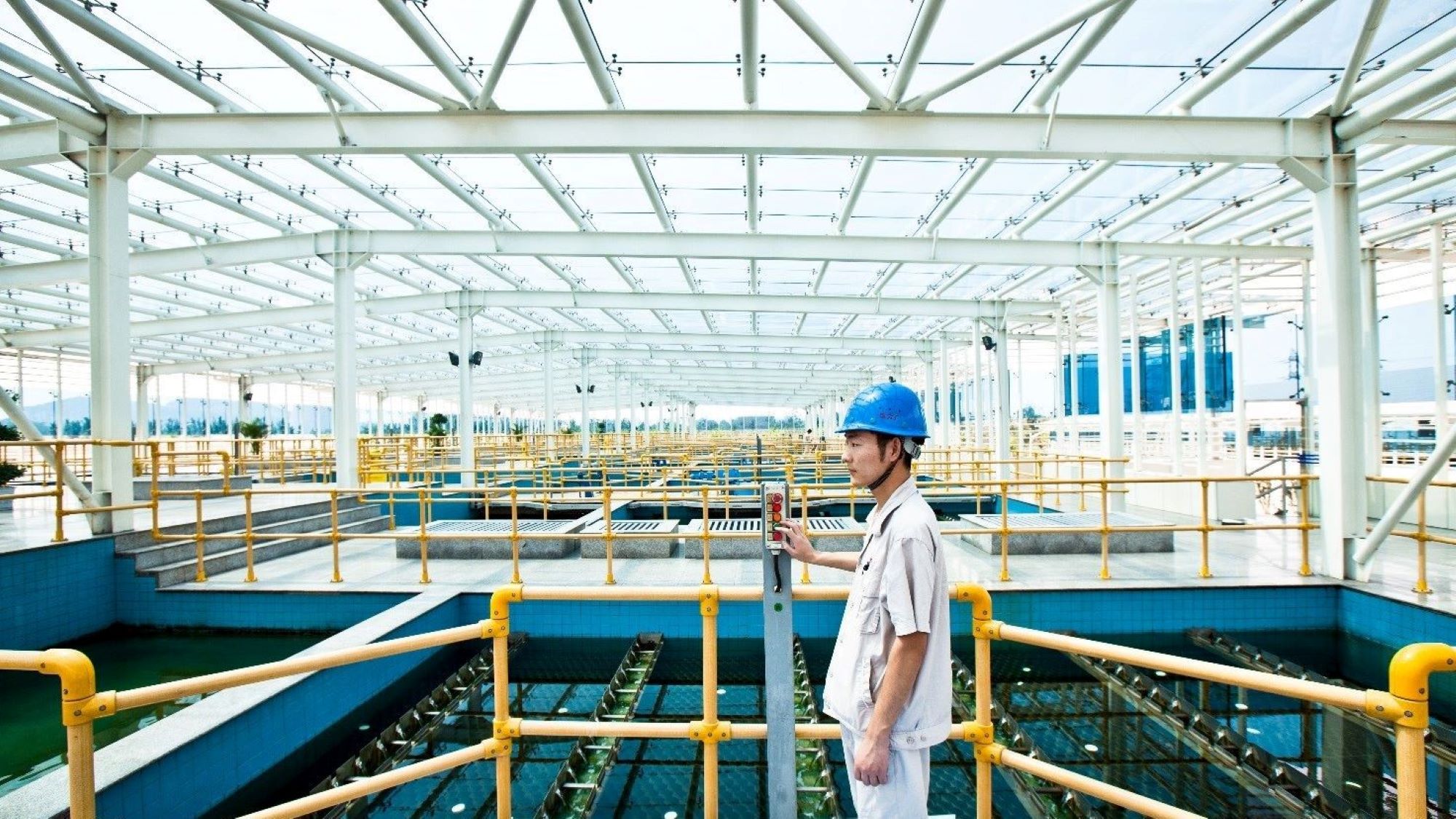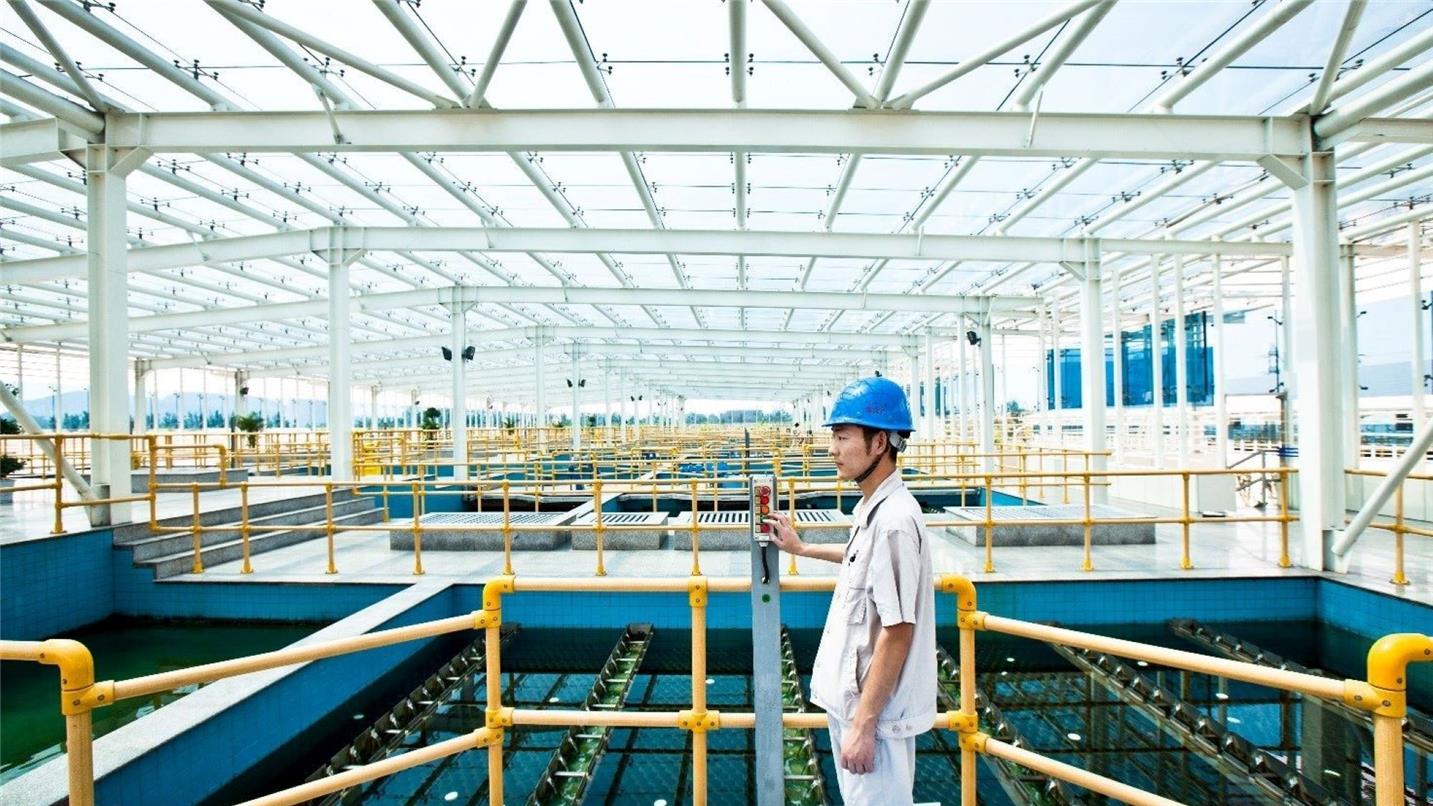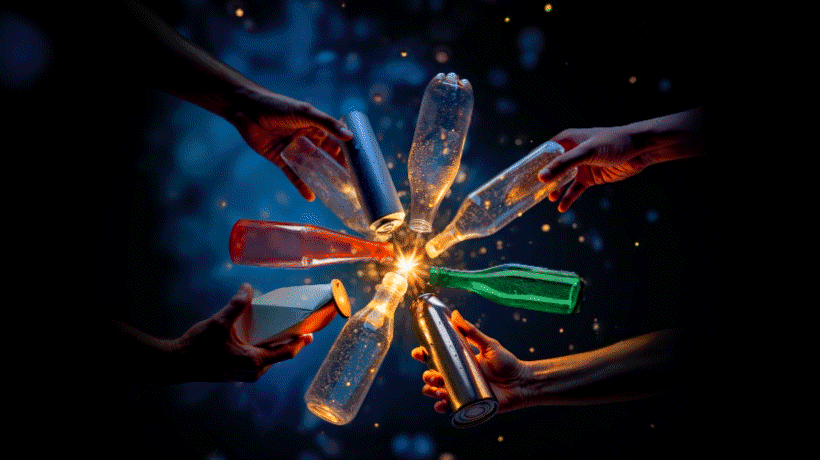The mission
The adoption of unconventional water sources for industrial production is an effective measure to solve the contradiction between the lack of water resources and industrial development, and it is the concrete embodiment of China’s action to promote circular economy and energy conservation. Such is the case of Tangshan Steel wastewater project.
Tangshan wastewater recycling project includes municipal reclaimed water and industrial wastewater treatment system, which removes most of the pollutants such as suspended solids, oil and hard objects from urban reclaimed water and wastewater from the plant, before deep treatment to be recycled as water for the whole plant’s production. The project includes two municipal reclaimed water and industrial wastewater treatment systems with respective processing capacity of 72,000m3/d, taking the lead in China in using the municipal wastewater as the only water source and realizing zero discharge of wastewater throughout the whole plant.
Our solution
Densadeg® D technology with years of technical accumulation
This kind of settling tank is fast, economical, flexible and easy to operate, and it can produce stable and high quality water with a small amount of sludge.
Technological characteristics include:
- High sedimentation efficiency, small land occupation, high ascending velocity up to 20~30m/h;
- High discharged sludge concentration up to 30~200g/l, no need of sludge concentration systems, simplified operation and capital saving;
- Stable and excellent water quality, due to its unique flocculation design and inclined pipe separation technology;
- Stable operation, resistance to shock loading, immunity to changes of flow or pollutant load;
- Low operation cost, saving 10~30% of the agents compared with the existing technology.
Aquazur® V-filtration technology with excellent performance
Because of its excellent performance, V-type filter has quickly become the mainstream of the filtration system since its inception, and has been the theoretical guidance for air-water backwashing and the reference standard for engineering design. SUEZ has an engineering case for tens of thousands of V-type filters around the world.
They are characterized by advantages such as good backwash effect of air and water, steady and rapid filtration, high quality and stable effluent, stable and reliable control system, and unattended operation.
Develop circular economy and realize sustainable utilization of water resources
The overall process design of the project follows the concept of circular economy with efficient use of resources as its core, under the principles of resource reduction, reuse and recycling with low consumption, low discharge and high efficiency as the basic characteristics.
Municipal wastewater treatment
Wastewater from the plant is pumped to the water recycling facility of the steel plant instead of being directly discharged, to reduce municipal wastewater discharge.
Industrial wastewater treatment
The production wastewater from the steel plant is also directly pumped to the water recycling facility of the plant instead of being directly discharged, to reduce industrial wastewater discharge.
Water supply for industrial production
- The steel plant no longer takes fresh water from surroundings for production, instead, it uses municipal reclaimed water and production wastewater from the steel plant, to save water resources effectively.
- The best treatment technology is employed to reduce the consumption of agents and internally treat the wastewater produced by the water recycling facility, thus achieving zero wastewater discharge and eliminating the impact on the surrounding ecological environment.

The results
Based on the Group’s advanced technology of Densadeg® D and Aquazur® V-filtration, the project has been in stable operation for 8 years (as of 2017), with total treated water up to 420 million m3, including 210 million m3 of municipal reclaimed water and steel plant wastewater, respectively, which contributes a lot to water resources recycling for Tangshan Steel and even Tangshan city as an excellent reference.
Wastewater treatment
The project has treated 420 million m3 of wastewater in total while achieving zero wastewater discharge, effectively protecting the local ecological environment. If calculated based on the standard swimming pool, the wastewater can fill up 220,000 standard swimming pools.
Recycling
Over the years, the project has provided stable industrial water supply of 144,000 m3 for Tangshan every day, which means a lot for a drought-prone city in North China. If calculated based on 100 L/day water consumption per household at average, a recycling plant of this size can satisfy water consumption of 1.44 million households.
We have over dozens of the similar recycling plants in China. The Tangshan Steel project is our actual action on wastewater recycling.


